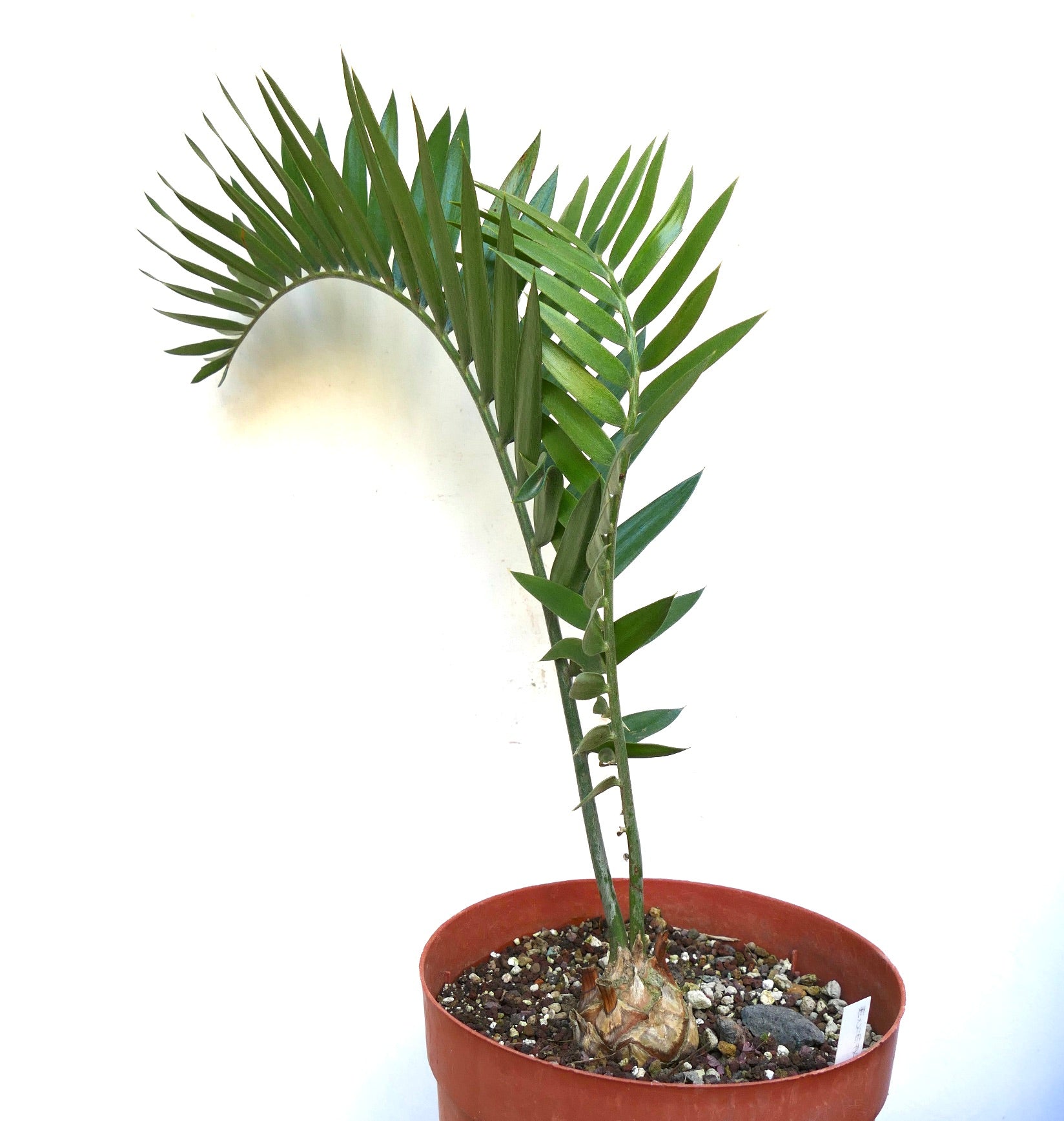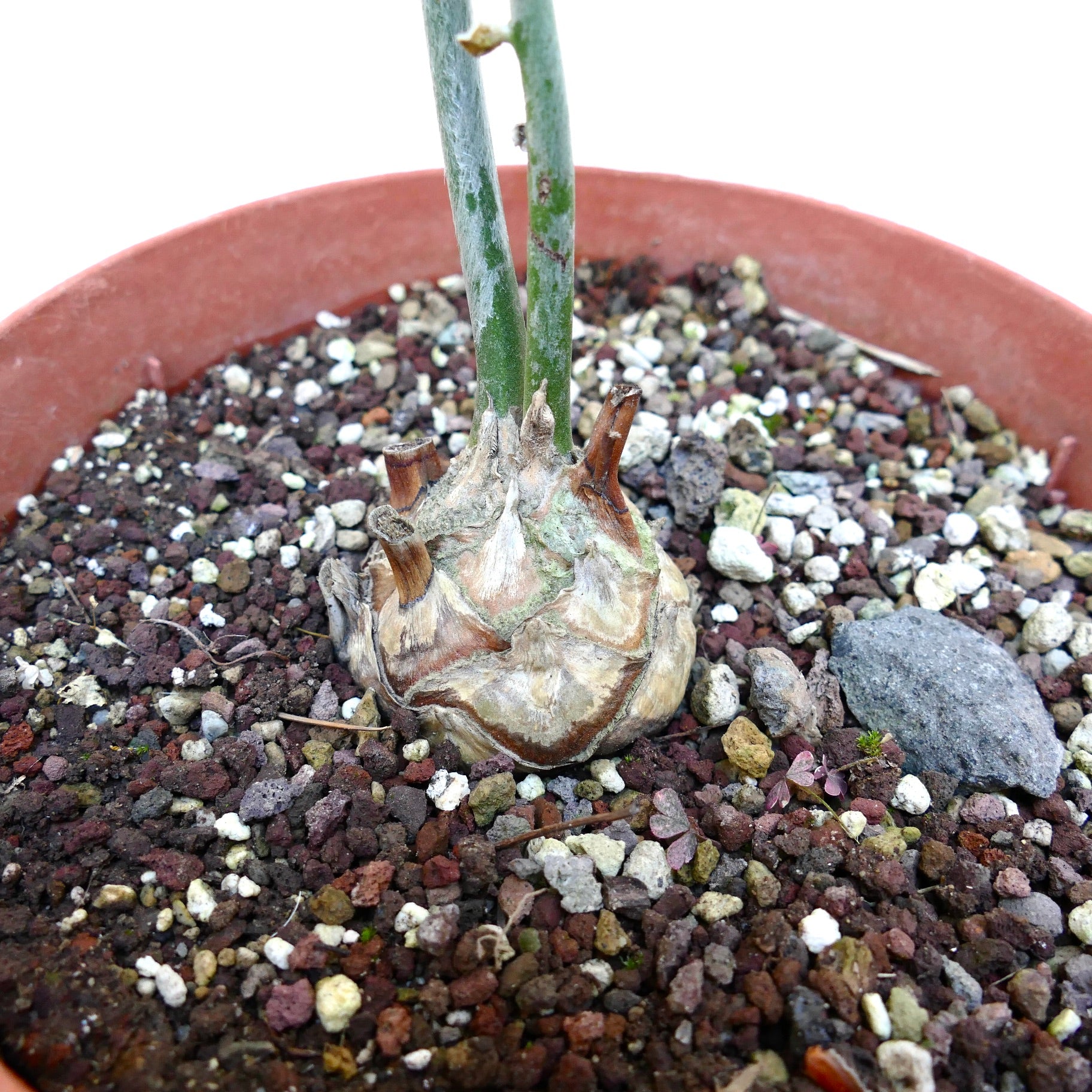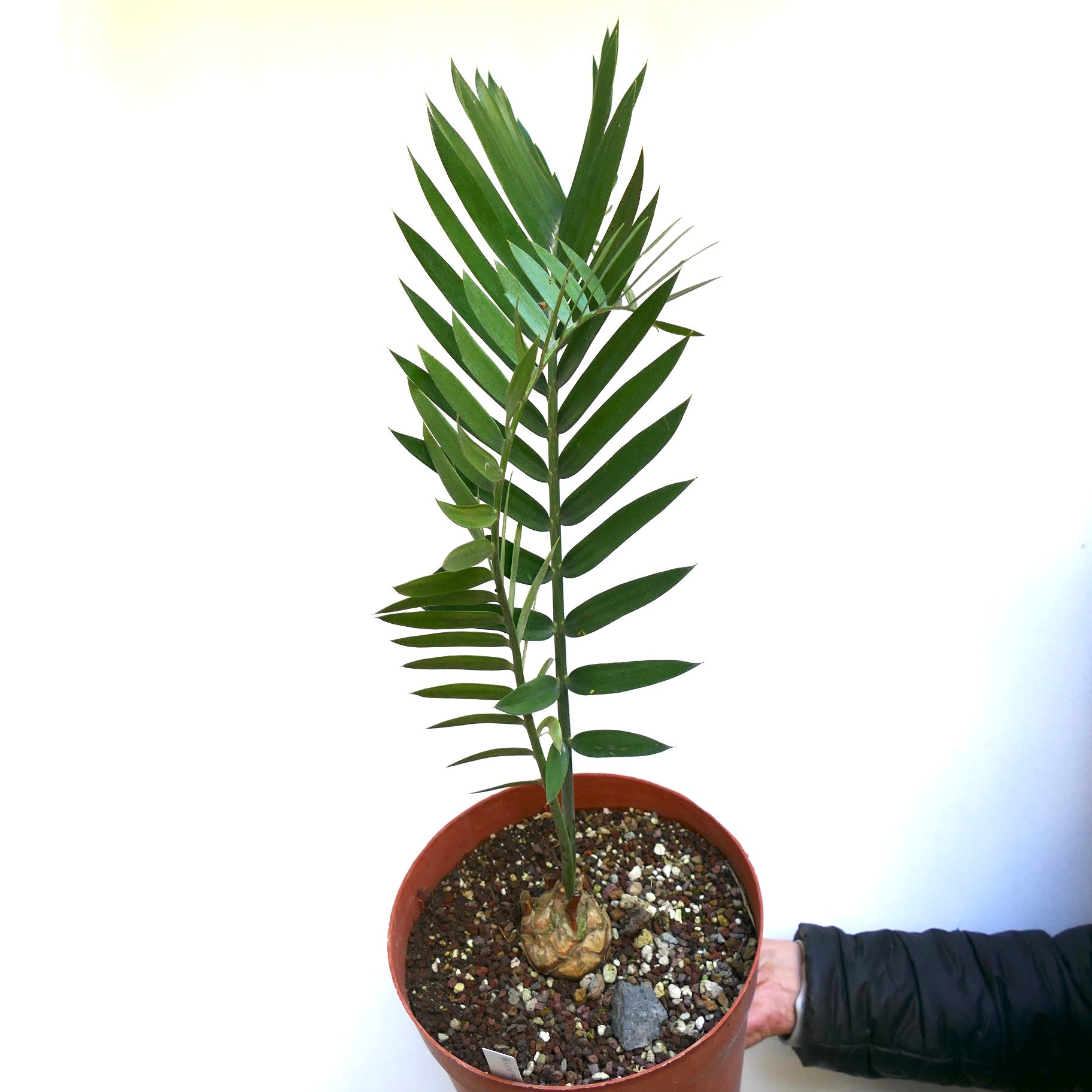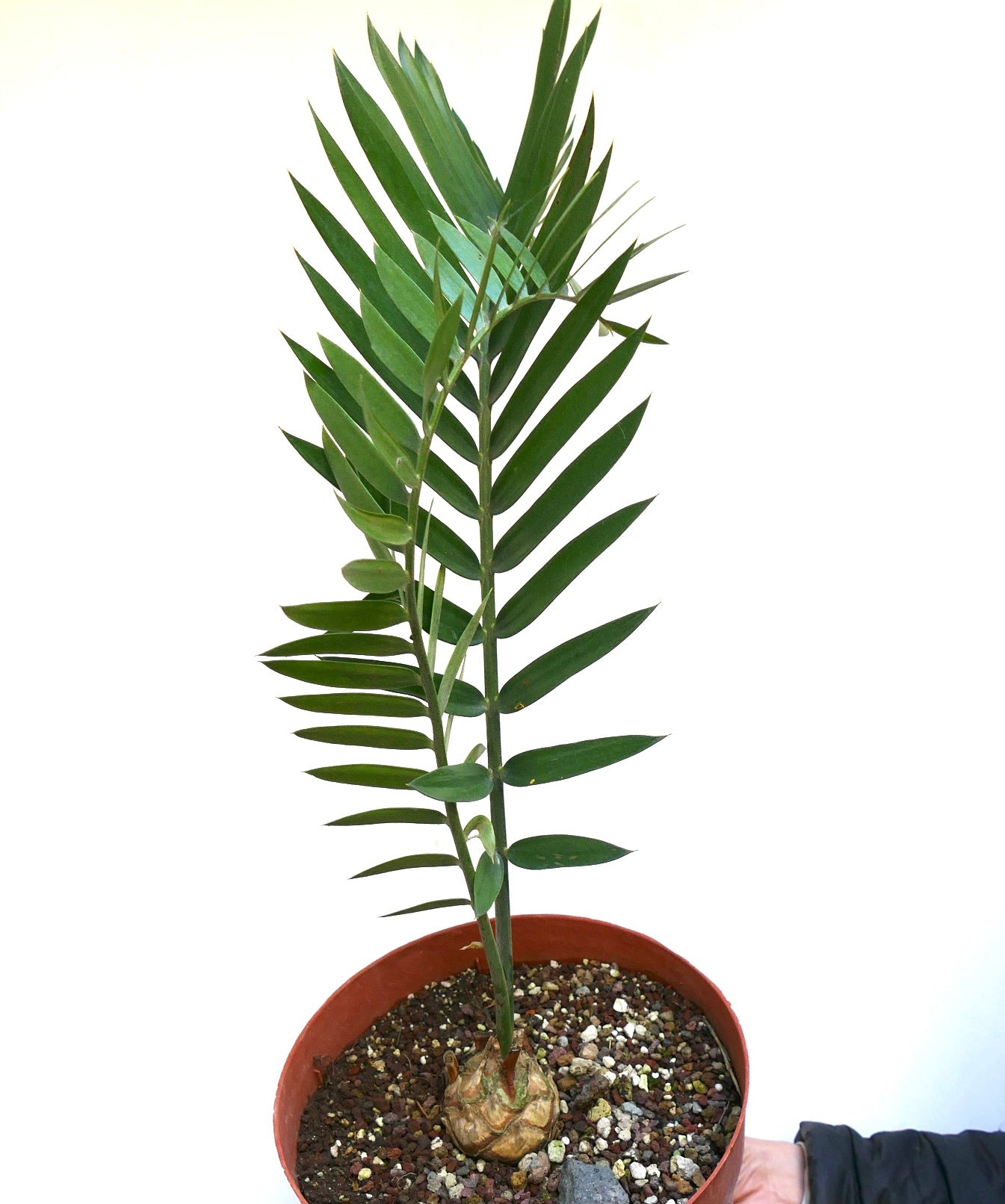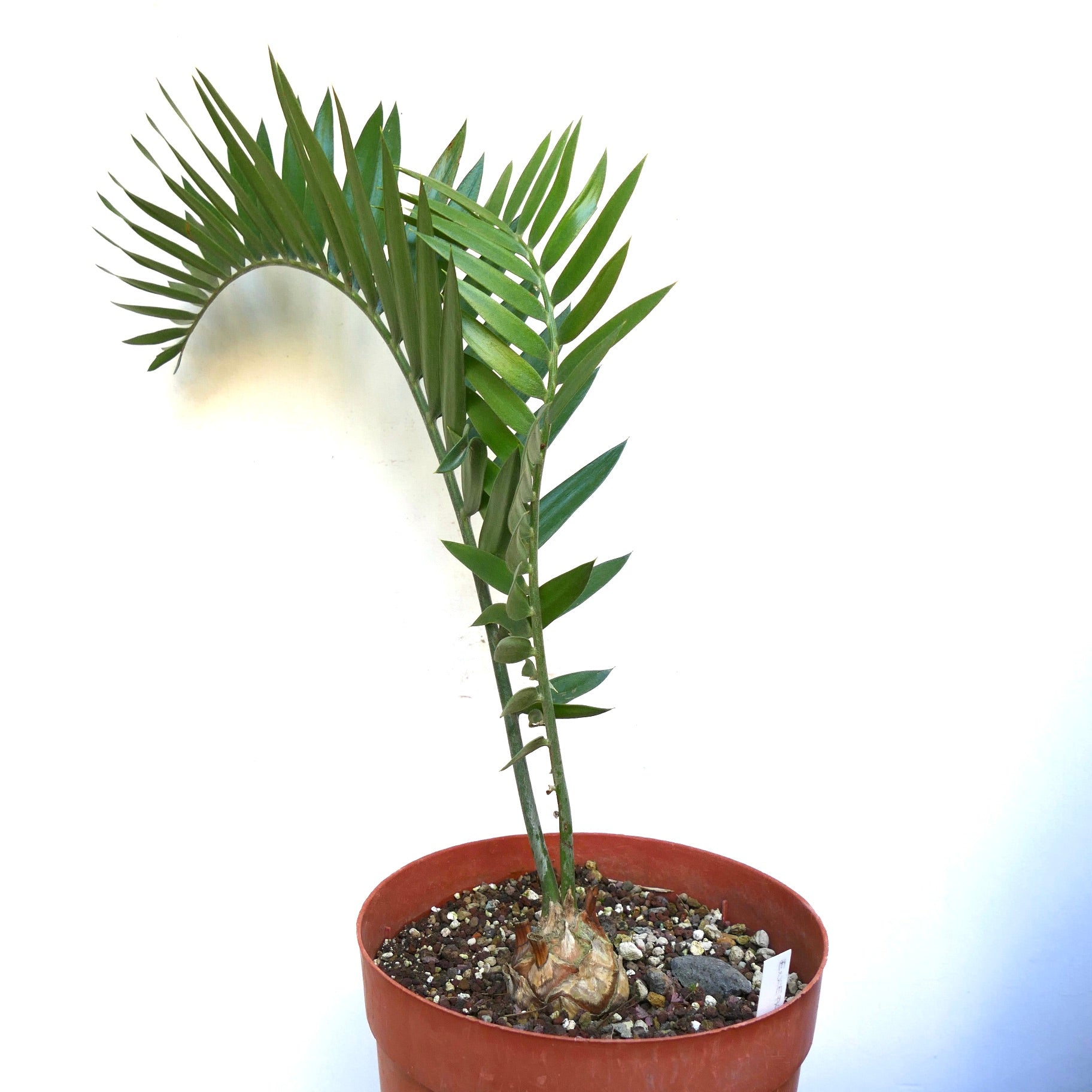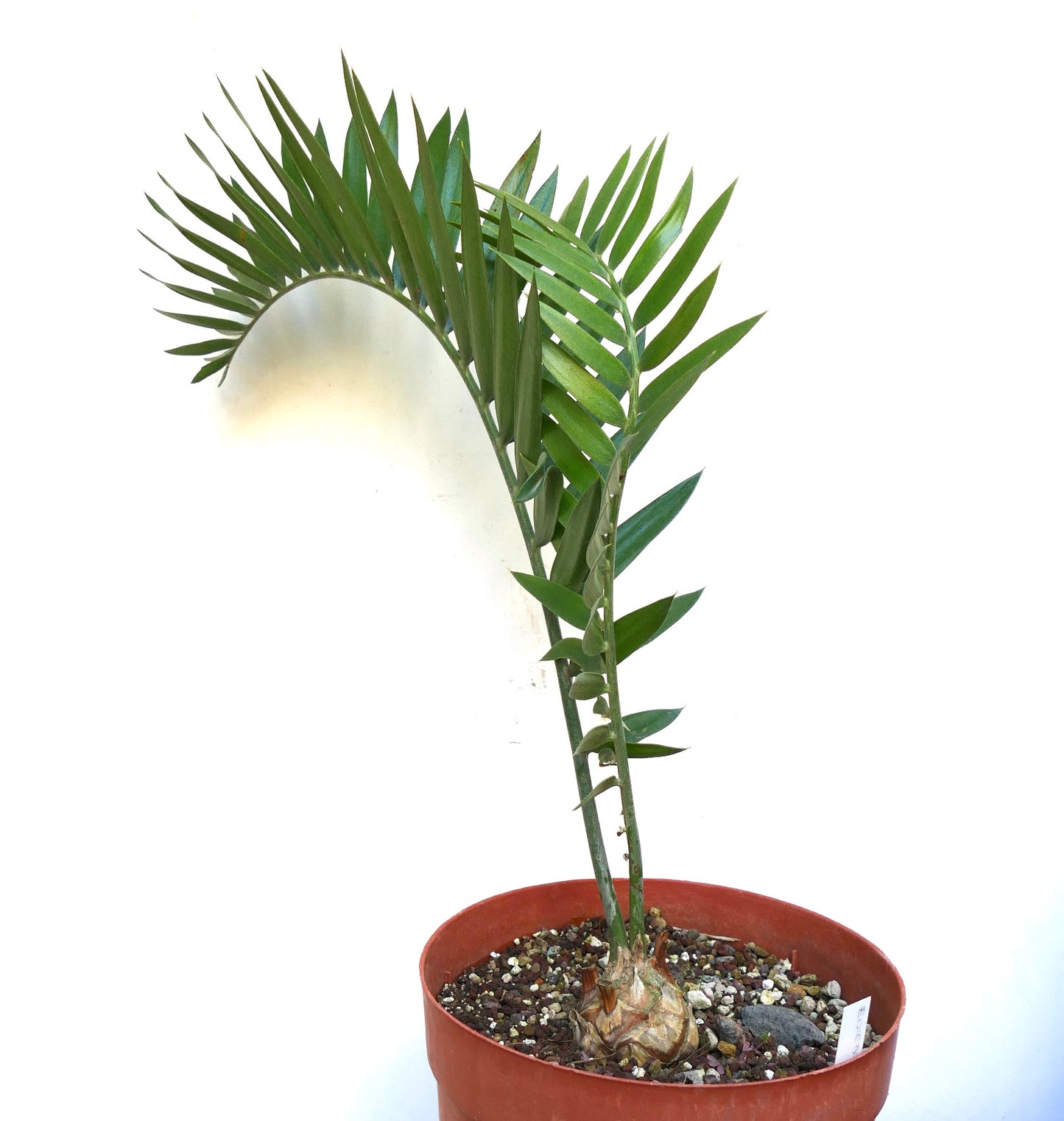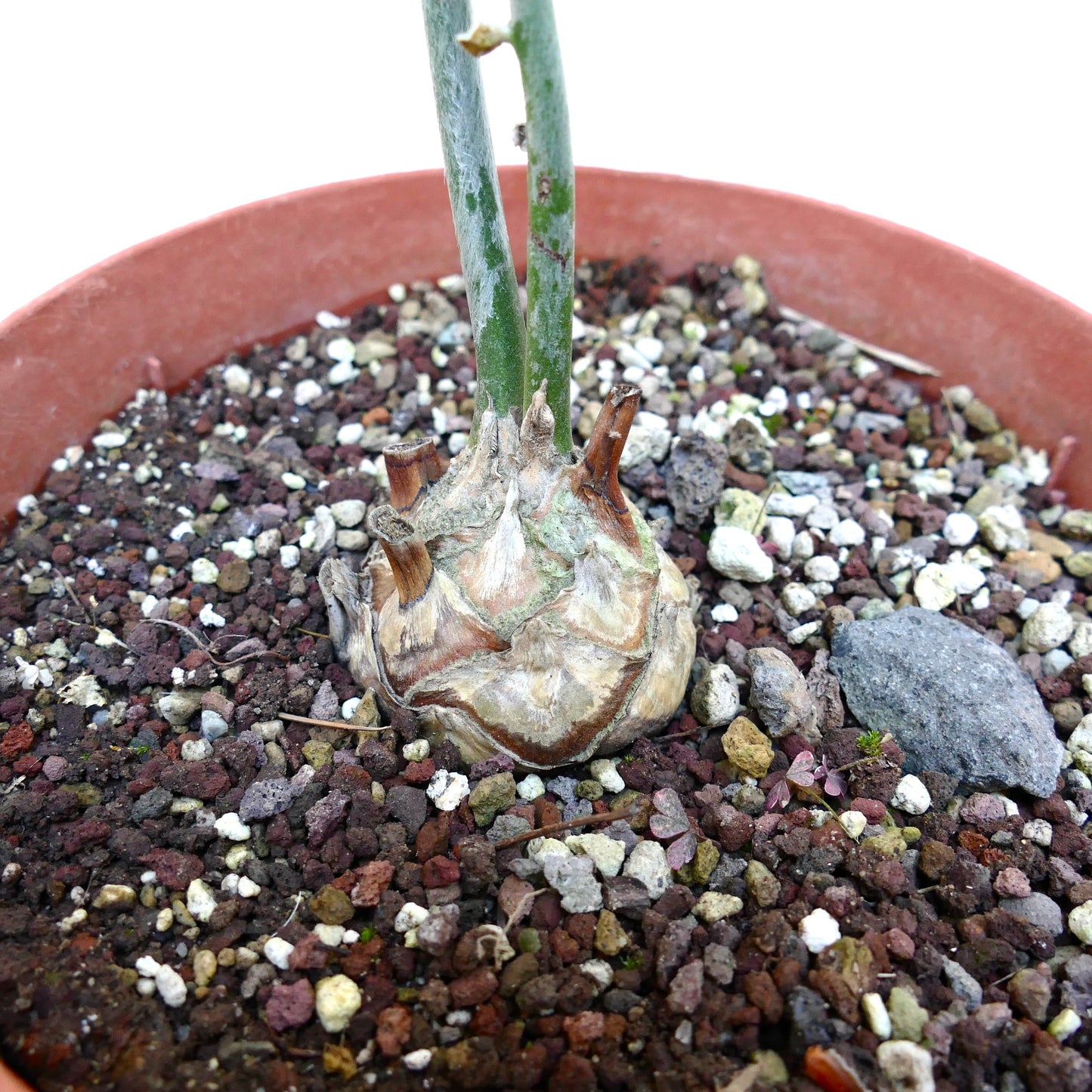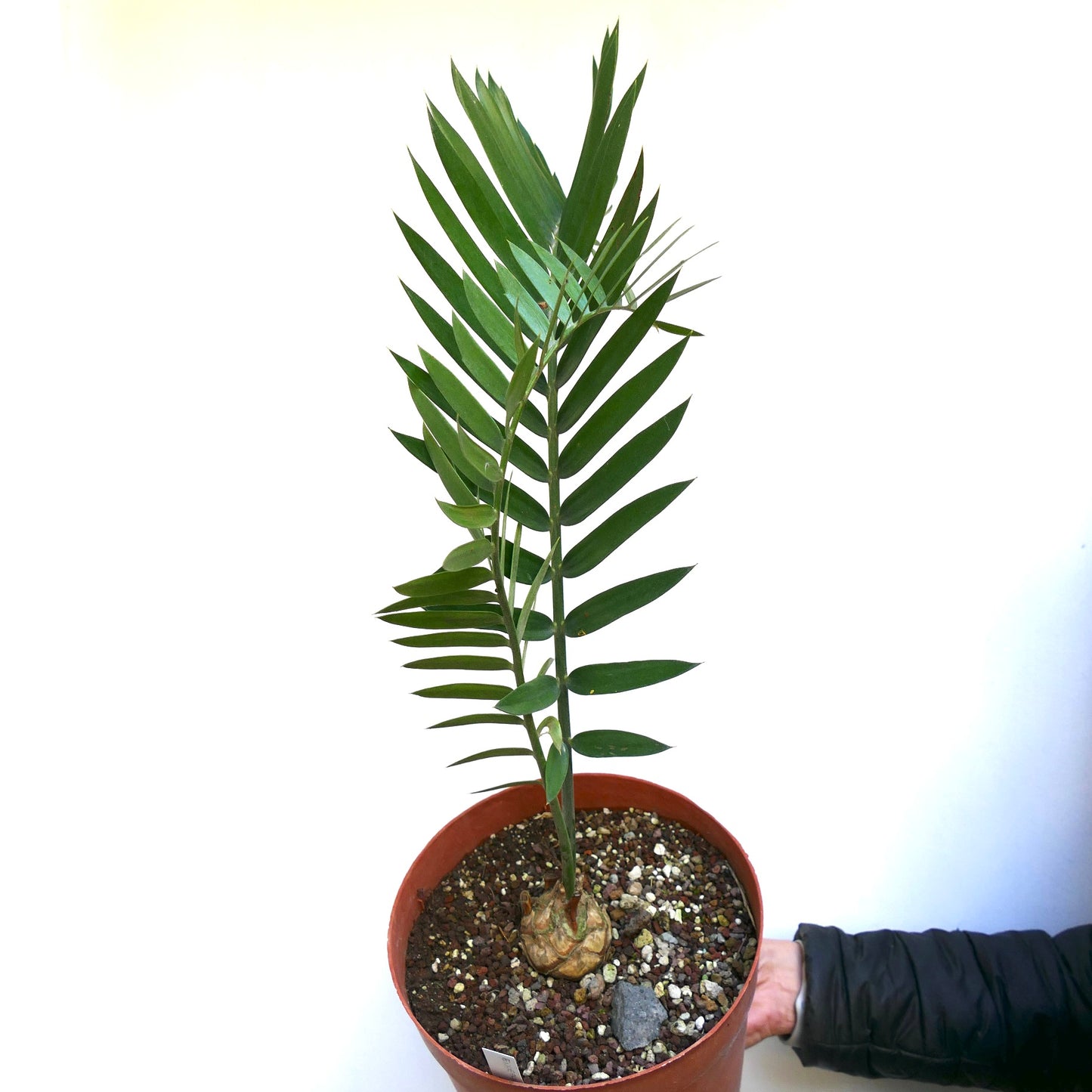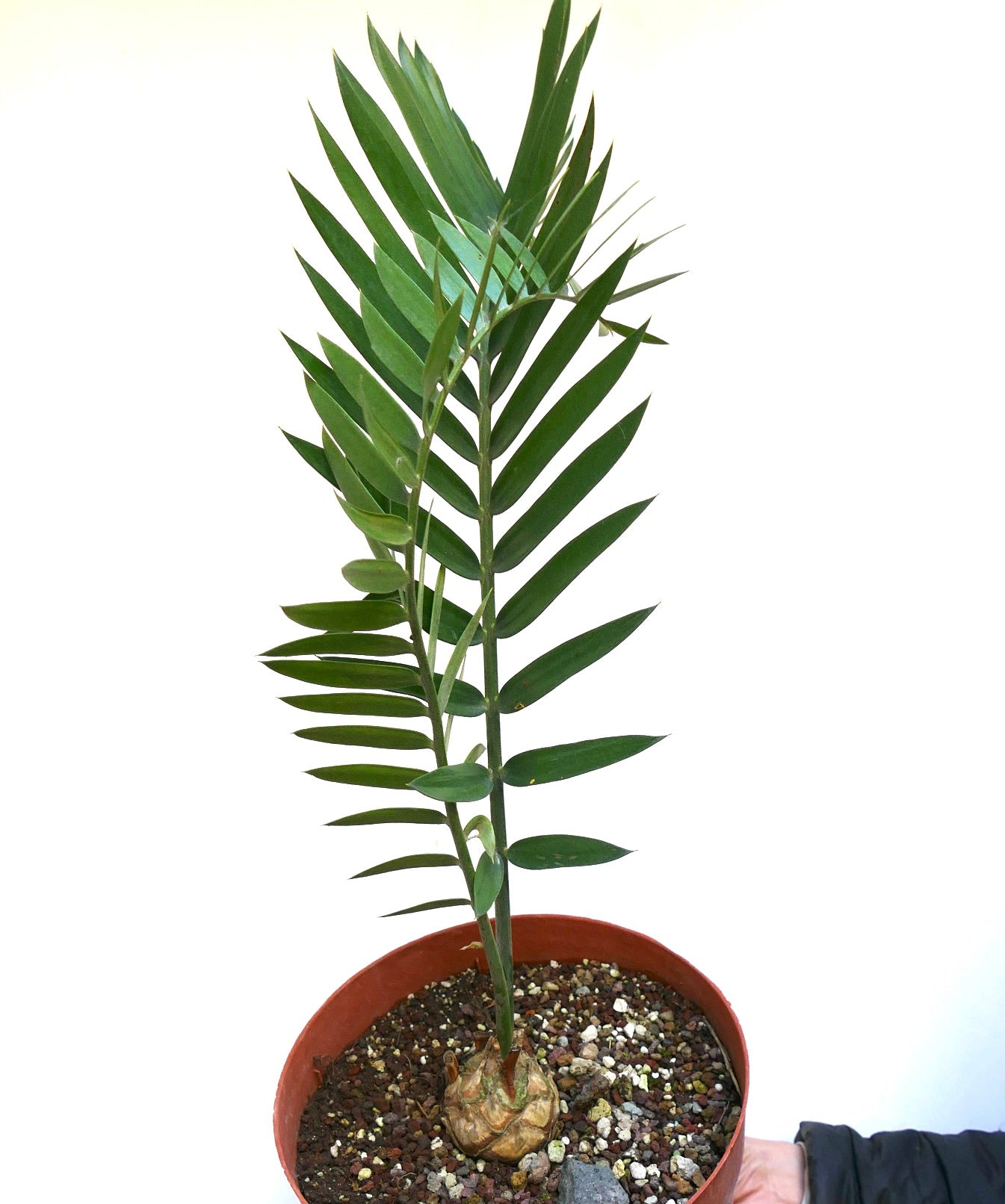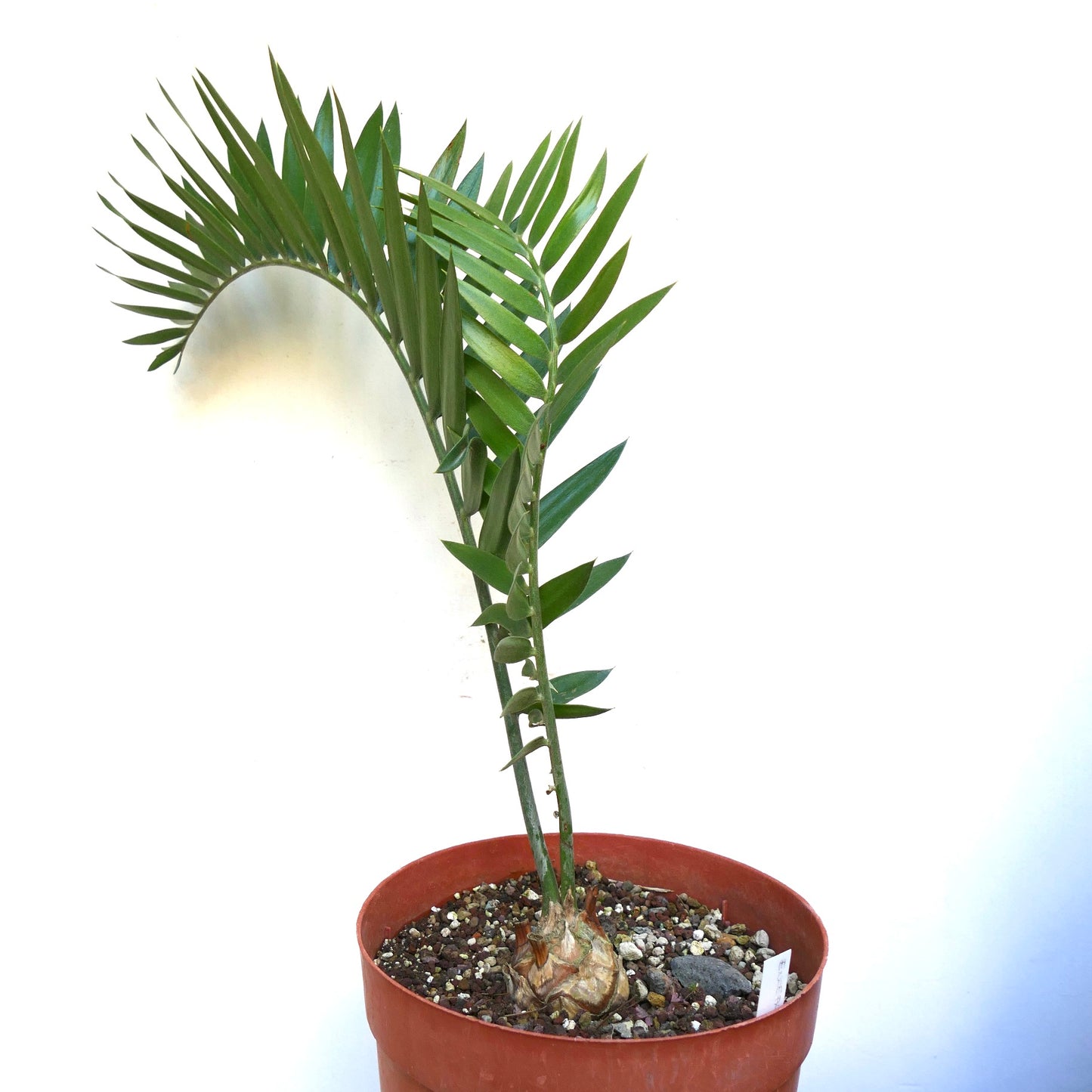- Specie Singola
Encephalartos longifolius
Encephalartos longifolius
Prezzo di listino
€200,00 EUR
Prezzo di listino
Prezzo scontato
€200,00 EUR
Prezzo unitario
per
Imposte incluse.
Spese di spedizione calcolate al check-out.
Impossibile caricare la disponibilità di ritiro
Descrizione Prodotto
Famiglia botanica: Zamiaceae
Gene botanico: Encephalartos
Specie botanica: Encephalartos longifolius
SKU:BA-311141-S
Coltivazione
Coltivazione
Ulteriori informazioni
Ulteriori informazioni
Altezza pianta:
Diametro pianta: 5,5cm
Diametro vaso:
Innestata/Non Innestata:
Foto scattata il:
Avvertenze: La pianta potrebbe essere cresciuta o cambiata da quando fotografata.

